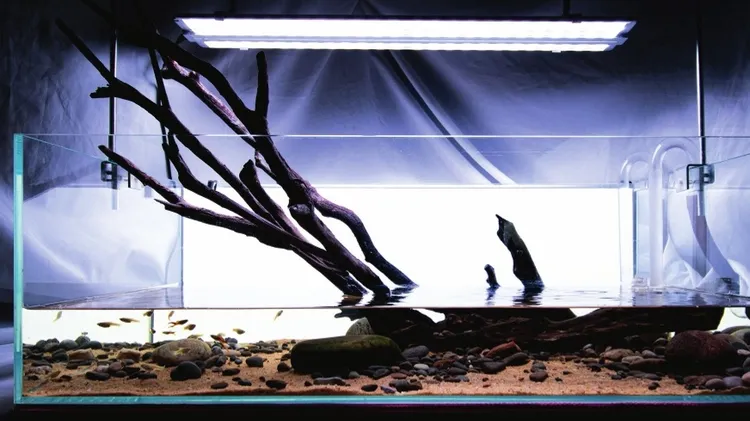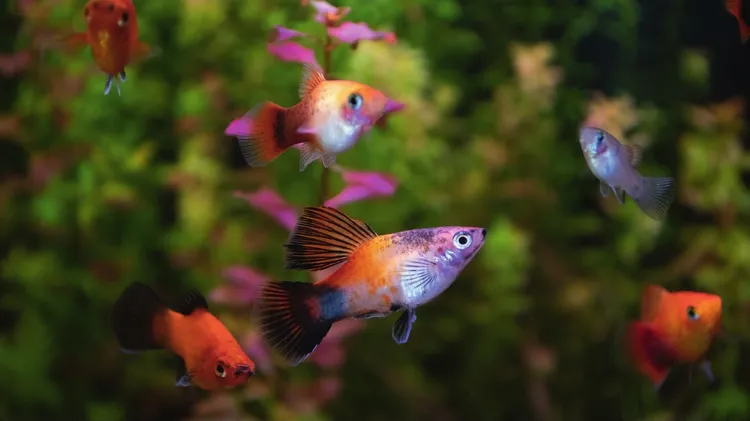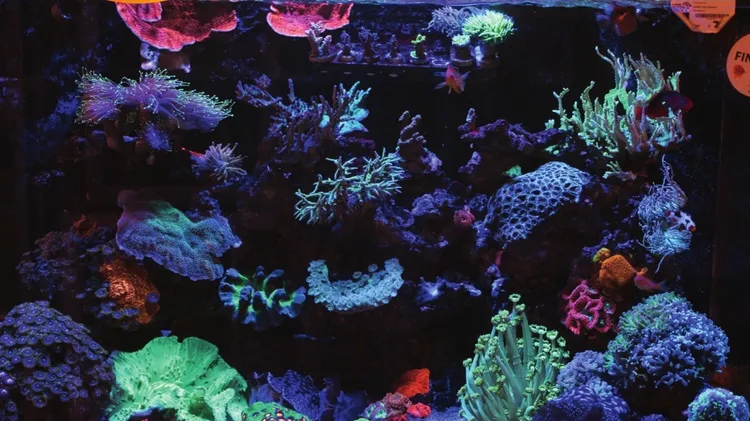Want an affordable oddball that’s not a feeding nightmare, and
The not so terrible ctenopoma
9 min read
This article is from...
Read this article and 8000+ more magazines and newspapers on Readly






